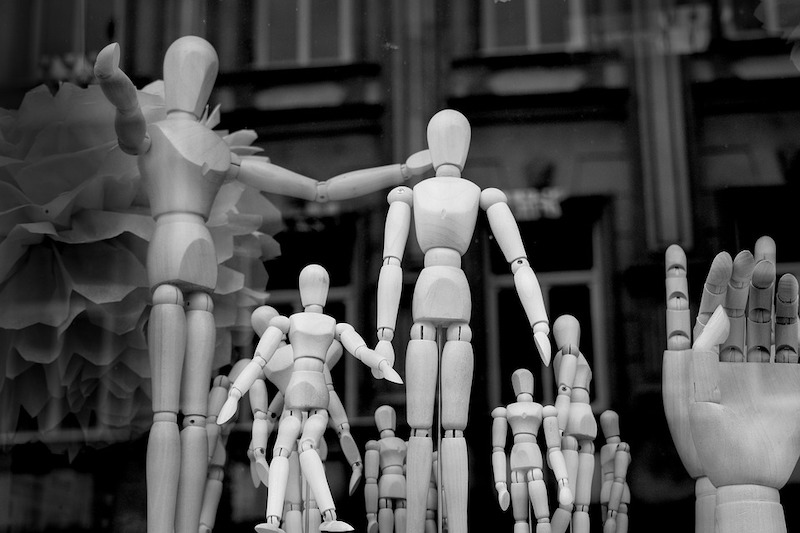Why Neurotic Solutions Are So Hard to Change
-
-
Joan Woodward
Thirty years ago, Joan Woodward coined the phrase ‘Neurotic Solutions’ to describe compulsive and unhelpful patterns of behaviour that we are driven to keep putting into practice because they were originally experienced as necessary for survival. Revisiting the concept for a new book, she explains why attachment theory is the key to helping clients break this deadlock

We all tend to engage in what I have named ‘Neurotic Solutions’. In brief, these are the kind we think – hope – may solve our anxieties or feelings of depression, but which sadly only reproduce them, generally worse than ever! We grab an alcoholic drink thinking ‘that’ll cheer us up’, only to find that one led to another and then one more, leaving us feeling less able to deal with the situation that so alarmed us before. It is so similar to the ‘empty feelings’ that can drive some people to open a packet of biscuits saying, ‘I’ll just have one’, then a bit later thinking, ‘now it is open, I might as well have a few more’ – and then, being aghast to find the packet is empty!: ‘How did that happen?’
These are relatively easy ‘Neurotic Solutions’ to recognise. Many others, much more deeply entangled with the person’s ‘sense of self’, need to be understood in terms of our earliest ‘Attachment’ experiences. It is important to consider how we have interpreted these, as they have led to the deepest beliefs we hold about ourselves. We need to ask, where did these views come from, and how did they start? The hardest thing to ask is, what are WE doing now to create and recreate them, even though another part of us wants to deny any part of our role in this? If we manage to see, or psychotherapists enable people to do so, we all hit the famous ‘block’, described by John Bowlby: ‘there’s none so blind as those who do not want to see’ or ‘deaf who do not want to hear’.
This is the dilemma that psychotherapists engage in with their clients. There are many people who consciously appear to want to change their painful and often debilitating ways of thinking, feeling and behaving. At the same time, such people hold a massive ‘inner resistance’ to doing so! It may take some people a long time to recognise the often complex and hidden ways of thinking that determine their feelings and behaviour.
My new book attempts to help therapists and others who work closely with people, both to understand and to value Attachment Theory. Can it help the woman who wants the whole world to know of the depth of her suffering, because she experiences it as so unbearable, but admits it feels equally hard to let it ‘go’ or ‘give it up’. Can it help the man who believes his emotional pain and anger can only be expressed by ‘blowing up the whole world’? They need help to trace and ultimately to understand that these painful views of themselves come from their responses to their earliest Attachments, and to discover how to free themselves from them.
Discover Attachment Theory: Showing How Our Earliest Attachments Affect Us All Throughout Our Lives, by Joan Woodward, is published by Free Association Books on April 30 2019.